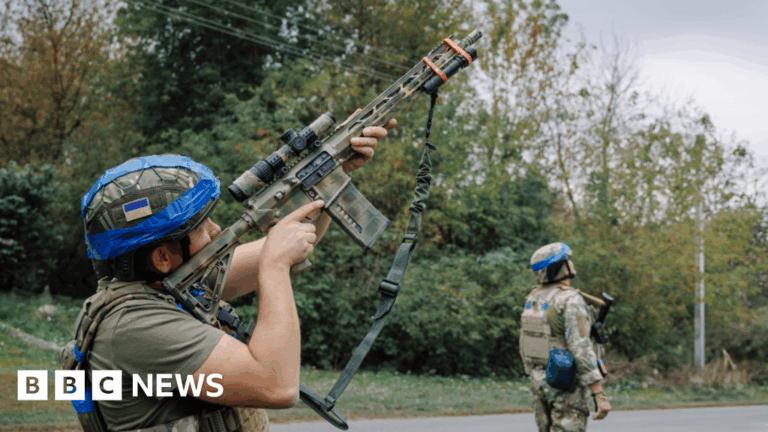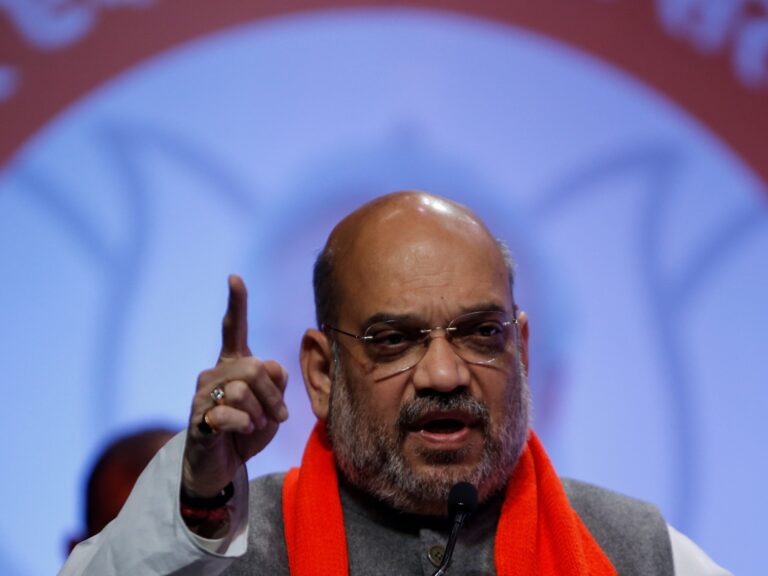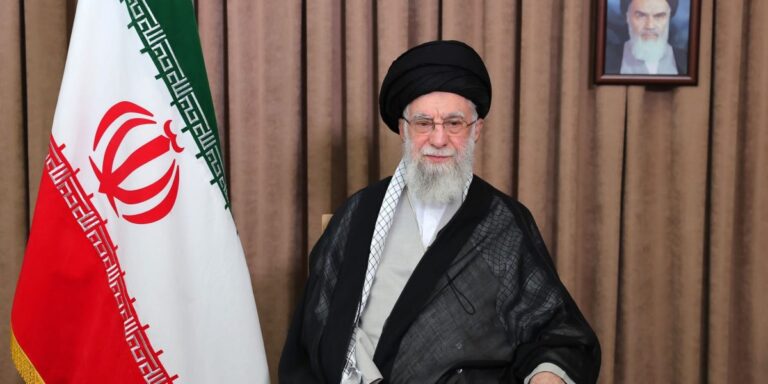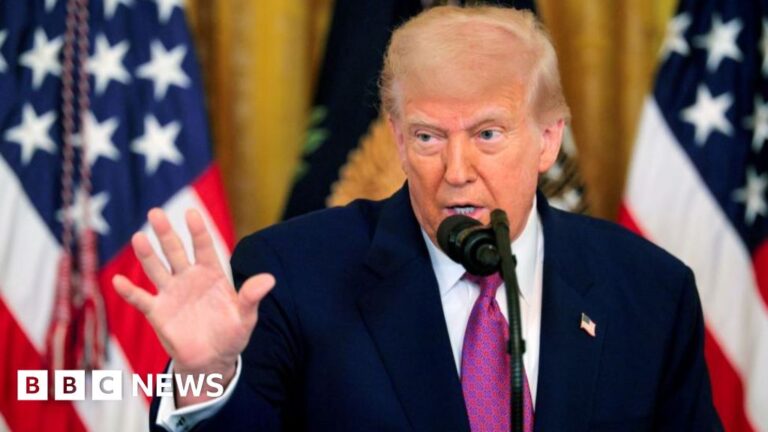Fast dolphin kicks are the result of great technique, undulation, conditioning, and optimal range of movement.
While the majority of your training to sharpen the fifth stroke happens in the water, whether it’s steadily extending your breakouts, doing resisted kicking, or banging out 25s fast with a monofin, dryland training is a powerful way to build the strength, power, and stability to increase kicking speeds.
Dryland—whether we’re talking core exercises, strength training, or plyometrics—can give you the raw materials to power up your dolphin kick. With a few key exercises, swimmers can train the main muscle groups responsible for powering a fast and snappy UDK.
Here are five of my favorite dryland exercises for developing a crisp, fast underwater dolphin kick.
Jumping Rope
Jumping rope is one of the simplest and most effective dryland exercises for building stronger ankles, and by extension, more reactive, powerful feet in the water. It enhances coordination, balance, and involves similar stretch-shortening cycle muscle actions to those used during the underwater dolphin kick (Trecroci et al., 2015).
Fast dolphin kickers have great plantar flexion. They can point their toes well. This is fairly well understood. But another key component of the ankles in driving dolphin kick performance is ankle strength.
The calves and tibialis anterior muscles are highly active during the dolphin kick—not just in pointing the toes, but also in positioning the feet, turning the forefeet inward, and generating propulsion in both directions of the kick.
Jump rope is beginner-friendly, doesn’t require a lot of equipment ($5-10 rope and you are in business), and will strengthen those ankles and calves for improved dolphin kick performance.
Jump Squats
Jump squats are an explosive form of your standard squat. You get down into a squat position and then jump upward as powerfully as possible. Aside from the more obvious applications of this exercise for swimmers—increased push-off force coming out of the turns, for example—jump squats are great for building dolphin kick power.
A study (Marian et al., 2016) with 68 collegiate men had them do squat jumps three times per week for two months. At the end, they showed big-time improvements in rate of force development (44%), maximal strength (18%) and vertical jump height (10-15%). Sprint (running) times to 50m also improved by 3%.
A fast, powerful dolphin kick means you can generate lots of force through the legs and hips. And jump squats are a no-equipment exercise that can develop the raw power and quick force application needed to dolphin kick harder, faster, and with more precision off every wall and start.
Barbell Hip Thrusts
Hip extension is crucial for fast dolphin kicking, and one of the stars of the show when it comes to making this movement happen is the gluteus maximus. The glutes are especially active at higher dolphin kicking speeds (Yamakawa et al., 2022).
The barbell hip thrust is one of the best exercises for hitting those meat sacks on your backside to improve kick power and speed. A meta-analysis of studies examining the barbell hip thrust done by Neto et al. (2019) demonstrated significantly higher levels of glute activation compared squats and deadlifts.
This exercise is also a horizontal movement, which more closely matches the mechanics of underwater dolphin kicking. Pair it with broad jumps to power up your start, too.
Kettlebell swings
Sticking with hip extension, we’ve got kettlebell swings. The explosive hip extension with each swings directly mirrors the downward thrust of the kick, building some crispy, snapping power for high-velocity underwaters.
In a study by Lake & Lauder (2012), a six-week kettlebell swing intervention saw athletes increase vertical jump height by 20%. Maximal strength also increased (12%) on half squats even though the kettlebell load was relatively light.
Kettlebell swings strengthen the entire posterior chain, including the erector spinae and glutes, which again are busy when dolphin kicking at top speeds in the pool.
Swimmers looking to power up their dolphin kick without a squat rack or gym membership can turn to kettlebell swings for a simple, time-efficient option for a booming kick.
Dead bugs with overhead reach
A strong, stable core is essential for fast underwater dolphin kicking. From controlling the oscillation of the trunk to rapidly switching between kicking directions, the core is highly active in helping us kick smoothly and quickly.
While there are countless core exercises for swimmers, I really like Dead Bugs to improve stability and control of the thoracic spine. This part of the spine is fundamental to creating undulation, that smooth body-wave that ripples down the body and explodes out the toes, creating hurricane-force vortices and lots of water displacement.
Lay on your back with hips and knees bent at 90 degrees, arms reaching toward the ceiling. As one leg extends toward the floor, the opposite arm reaches overhead, typically with light resistance (like a resistance band).
A study comparing different core exercises (Shojaei et al., 2021) found that the exercise fires the deep stabilizers like crazy (transverse abdominis and internal obliques), essential for body control and transferring force during the dolphin kick.
The Bottom Line
Building a smoother and quicker dolphin kick takes a lot of work. The timing and coordination can be tough to master and there is the respiratory component of exerting yourself underwater.
By using the right dryland exercises, swimmers can build a dolphin kick on the back of snappy hip extension, a stable core and pelvis, and more resilient feet.
Consider adding the above exercises to your dryland workouts and watch as your kick speed, distance per kick, and times take flight.
Happy kicking!
Level Up Your Underwater Dolphin Kick
Olivier Poirier-Leroy is a former national-level swimmer, 2x Olympic Trials qualifier, and author of several books for swimmers, including The Dolphin Kick Manual: The Swimmer’s Ultimate Guide to a Fast Underwater Dolphin Kick.

 The book is a beastly 240+ pages of actionable insights and research into elite dolphin kicking technique and performance. It details everything from mastering undulation to vortex recapturing to structuring a dryland program for dolphin kicking success.
The book is a beastly 240+ pages of actionable insights and research into elite dolphin kicking technique and performance. It details everything from mastering undulation to vortex recapturing to structuring a dryland program for dolphin kicking success.
The Dolphin Kick Manual combines evidence-based insights with a collection of 20 ready-to-go sets and a 6-week Action Plan to help swimmers set a course for dolphin kicking success.
Train smarter and kick faster.
👉👉👉 Learn more about The Dolphin Kick Manual

















